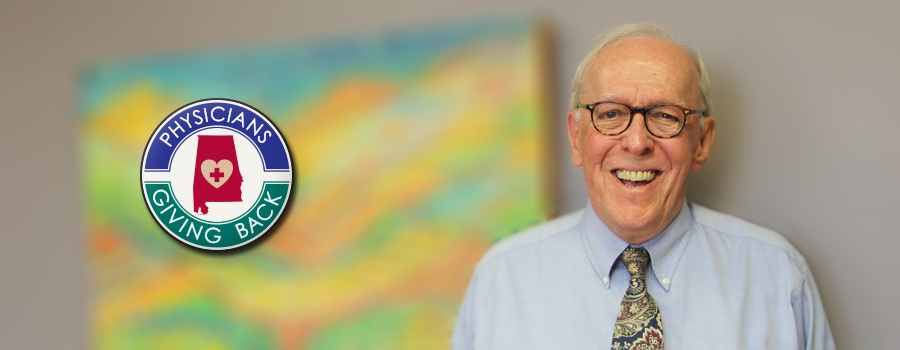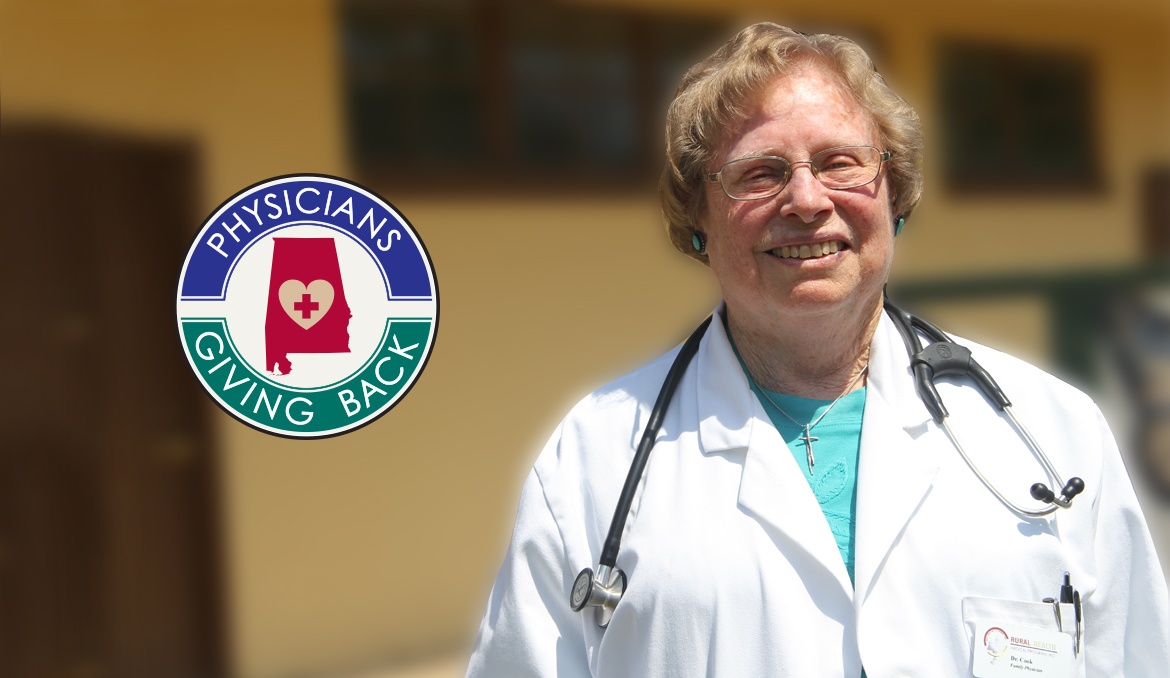Tag: member
-

It’s all about Timing with Dyrc Sibrans, M.D.
DECATUR — Dyrc Sibrans, M.D., still greets patients with a firm handshake and a friendly smile. His laughter is infectious and easily fills the room as he reminisces about what he’s accomplished during his career. Already retired once from his own thriving medical practice in Decatur in 2000, he originally prepared to spend more time…
-

Rammer Jammer Yellow Hammer!
TUSCALOOSA – Jimmy Robinson, M.D., was the first Primary Care sports medicine-trained physician in the State of Alabama. One could say he’s seen a thing or two over the years. Originally from New Orleans and a graduate of LSU, when Dr. Robinson first came to The University of Alabama, he faced a tough crowd but…
-

The Ministry of Rural Medicine
PINE APPLE – The town of Pine Apple lies about 20 minutes off I-65 South tucked in the southeast corner of Wilcox County along Alabama’s Black Belt. Driving through this farming community, you quickly notice the picturesque countryside dotted with the occasional farm house and antebellum home. This is an old and settled community with…
-

The Science of Food
Vestavia Hills – Luis Pineda, M.D., MSHA, has been a practicing oncologist/hematologist for about 38 years. Like many in his field, he longed for a way to make the treatments for cancer easier for his patients. His life’s work took an interesting turn in 2003 during rounds as he began to notice the cans of…